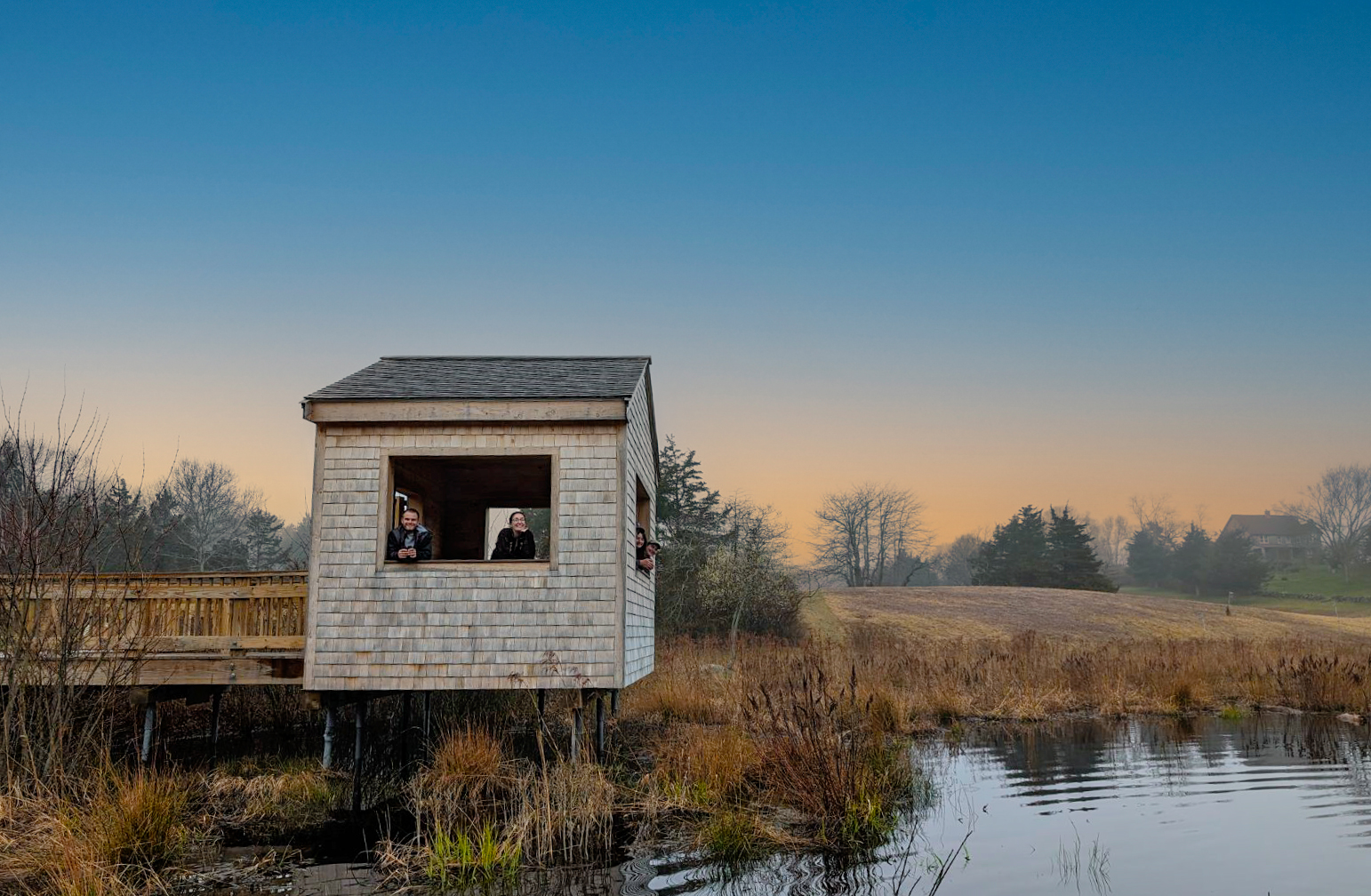By Jennifer Hushaw, Applied Forest Scientist
One of the greatest perks of living in a temperate region like New England is experiencing the ongoing march from one season into the next. The current transition from winter to spring is one of my favorites. Naturally, as a forest scientist, I tend to focus on the changes in the plant life around me. Every year I am amazed by the relative speed with which the forest comes back from its dormant winter state with a flush of new buds and leaves—producing tons of additional biomass all in a matter of a few weeks.

This time of year is marked by a massive “green up” of our hemisphere as plants awake from winter and begin to photosynthesize—an effect that is so large that it leaves a discernable fingerprint on the Earth’s atmosphere. The uptake of carbon dioxide during the Northern Hemisphere’s growing season draws down atmospheric concentrations, only to rise again later in the year as things wind down. This annual trend produces the distinct seasonal ups-and-downs of the Keeling Curve (a graph of atmospheric CO2 that has become one of the most well-known emblems of anthropogenic climate change). This graph clearly shows that seasonal variation modulates an alarming upward trend.

Keeling Curve, graph showing seasonal and annual changes in atmospheric carbon dioxide (CO2) concentrations since 1958 at the Mauna Loa Observatory in Hawaii.
The onset of spring has been happening earlier, by 2.3 to 5.2 days per decade, for the last 30 years. In fact, this aspect of phenology (a.k.a. the timing of seasonal activities of plants and animals) is one of the leading indicators of climate change identified by the U.S. Global Change Research Program. The advance of spring is part of the lengthening growing season, which we have observed and would expect as the result of a warming world. The growing season has already increased by around two weeks in many parts of the U.S. and is projected to increase by a month or more by the end of the century, with the biggest gains in the mountainous regions of the west.
A positive side effect of a longer growing season is greater forest productivity, but there are also negative consequences. Ecological mismatches can happen when important species associations become out-of-sync, such as insects emerging before their host plants or migrating birds arriving too late to feast on their preferred food source. There is also the risk of ‘false springs’ that can be devastating to wild plants and agricultural crops alike—for example, when warm spring-like temperatures are followed by a hard freeze after the plants have left dormancy. Through our work with the forest landowners in the Climate Smart Land Network, we are identifying these types of risks and opportunities so managers can adjust accordingly.
As a scientist, I see many novel trends with the coming of spring. Trends that reveal just how much our world is changing.





 Back to all
Back to all